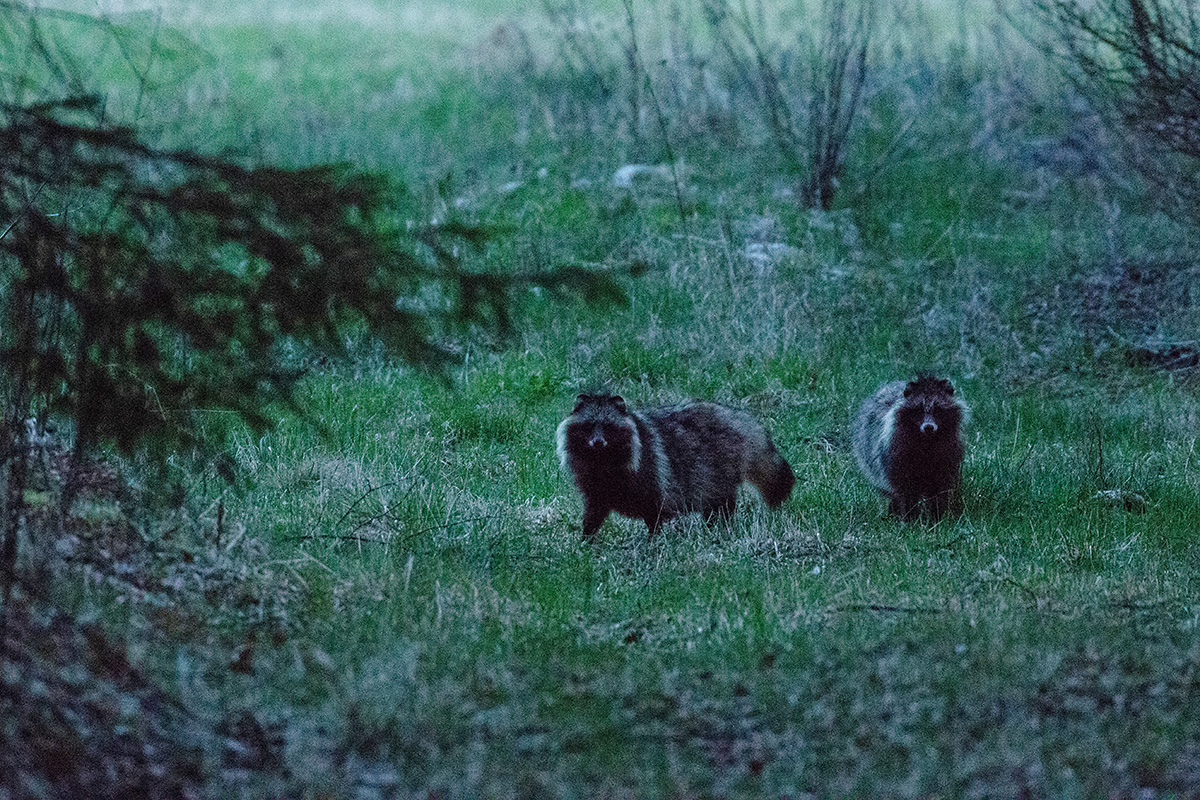A person who knows better does not bring alien species to Estonia. The Ministry of the Environment must be notified immediately of any alien species released into or discovered in the wild
Species know no borders, so preventing the spread of alien species must be addressed at individual, national, and international levels.

At the international level, a number of conventions and agreements deal with the issue of alien species. Not all of them set binding standards, but are indicative in nature, such as the Convention on Biological Diversity (CBD). Recommendations on the management of alien species are issued by the International Plant Protection Committee (IPPC) [1] and the International Union for Conservation of Nature and Natural Resources [2], who also manage the relevant databases. The Ballast Water Management Convention of the International Maritime Organization (IMO), which regulates the reduction or control of alien species in ballast water, is important for aquatic life.
An important piece of legislation for Estonia is the European Union regulation on the prevention and management of the introduction and spread of invasive alien species. This regulation provides a list of problematic alien species to be updated as necessary (but at least every six years). Species included in that list may not be transported through the European Union or kept in open rooms, let alone released into the wild. Research on these species is permitted in certain cases and with special permission. In addition, the regulation contains rules on how to prevent, reduce, and mitigate the adverse impacts of alien species.
In Estonia, the issue of alien species is governed by several sectoral acts: the most important is the Nature Conservation Act, but the issue is also addressed in the Forest Act. The Nature Conservation Act prohibits the release of alien species or even specimens of native species brought from abroad into the wild without permission. It establishes a list of non-native species whose live specimens may not be brought into Estonia and who may not be kept. Under the Forest Act, a list of alien tree species that can be grown during reforestation has been established.
In order to prevent alien species from entering Estonia, all imported goods that could hide alien species are inspected: for example, ornamental plants, wood, foodstuffs, etc. Unfortunately, inspectors cannot distinguish or recognise all alien species with the naked eye, and invisible invaders are particularly dangerous – pathogens, parasites, pests living under the bark of a tree, invertebrates or their eggs hidden in the soil, and many others.
Everyone can do their share to prevent the introduction and spread of alien species. A person who knows better does not intentionally bring alien species into Estonia, does not release them into the wild, and immediately notifies the Ministry of the Environment at alien@envir.ee or the Environmental Board at info@keskkonnaamet.ee about a discovered alien species. The finding of an alien species can also be registered in the nature observations database. A rapid response at an early stage in the spread of an alien species is always more effective than the subsequent removal of a widespread alien species from the wild.
Last modified: 27.11.2021
[1] https://www.eppo.int/ACTIVITIES/invasive_alien_plants/iap_lists
[2] https://www.iucn.org/theme/species/our-work/invasive-species